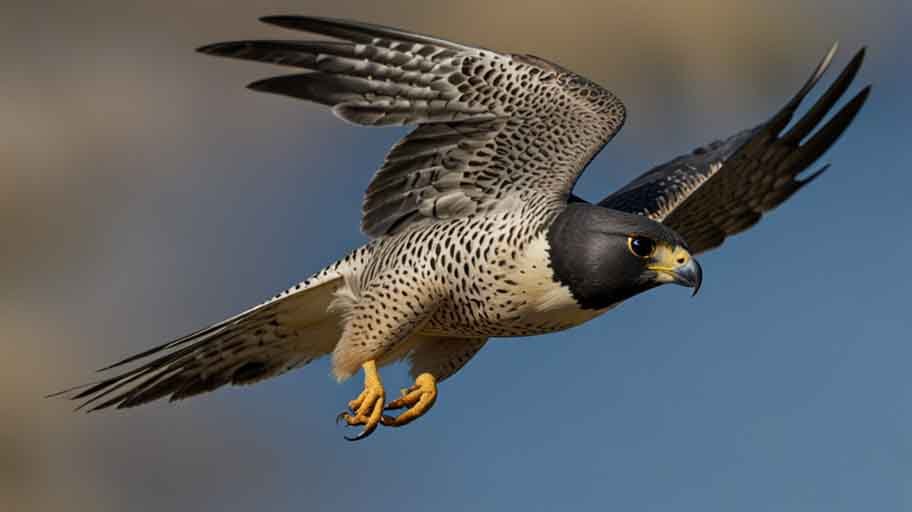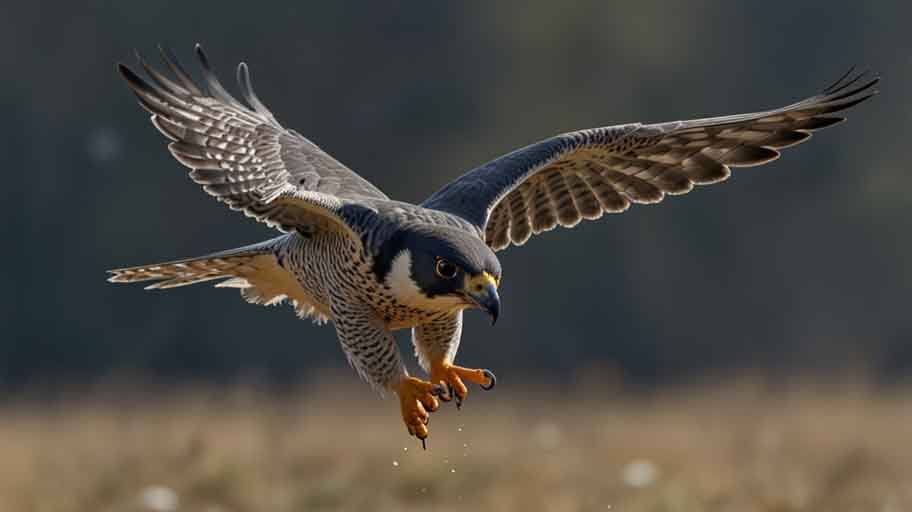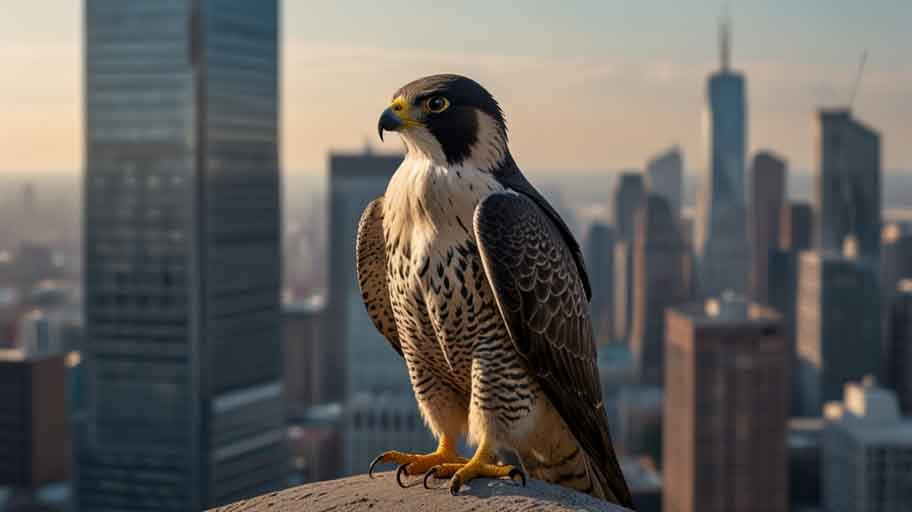When it comes to speed, the Peregrine Falcon (Falco peregrinus) reigns supreme in the avian world. Renowned for its astonishing velocity, this magnificent bird has become synonymous with the concept of speed itself. Whether soaring high above the ground or diving towards its prey, the Peregrine Falcon’s incredible speed has fascinated birdwatchers and scientists alike.
1. The Remarkable Speed of the Peregrine Falcon
The Peregrine Falcon is not just fast; it is the fastest animal on the planet. When diving, or stooping, these birds can reach speeds of over 240 miles per hour (386 kilometers per hour). This breathtaking speed allows them to close in on prey with unrivaled efficiency. Its aerodynamic body and specialized wing structure make it a master of high-speed aerial maneuvers.

2. Adaptations for Speed
The Peregrine Falcon’s design is a testament to evolution’s ingenuity. Its long, pointed wings and a tapered body reduce drag, while powerful muscles enable explosive acceleration. The falcon’s keen eyesight allows it to spot prey from great distances, making it an effective hunter. When preparing to dive, the falcon tucks its wings in to streamline its body further, minimizing air resistance and maximizing speed.
3. Hunting Techniques: Speed in Action
Peregrine Falcons employ their speed in a dramatic hunting style. From high altitudes, they spot their prey—usually small to medium-sized birds—and initiate a dive. The speed they gain during the stoop allows them to surprise their target, delivering a swift strike with their powerful talons. This hunting technique exemplifies the falcon’s reliance on speed and precision, making it an apex predator.

4. Cultural Significance of Speed
Throughout history, the Peregrine Falcon has captivated human imagination. Its speed has made it a symbol of freedom and power in various cultures. In falconry, these birds have been highly valued for their hunting abilities, showcasing the bond between falconer and bird. The Peregrine’s speed also serves as an inspiration in art, literature, and sports, embodying the thrill of the chase.
5. Conservation and Challenges
Despite their remarkable adaptations and status as the fastest bird, Peregrine Falcons have faced significant challenges. In the mid-20th century, the use of pesticides like DDT led to a severe decline in their population. However, dedicated conservation efforts have aided their recovery, and they are now found in many urban areas, showcasing their adaptability. Ongoing habitat preservation and awareness are crucial to ensure that these incredible birds continue to soar.

Conclusion:
The Peregrine Falcon stands as a testament to the beauty and efficiency of nature. Its unparalleled speed, coupled with its exceptional hunting skills, makes it a fascinating subject for study and admiration. As we continue to learn about these incredible birds, it is essential to support conservation efforts to ensure that the Peregrine Falcon remains a fixture of our skies for generations to come.


